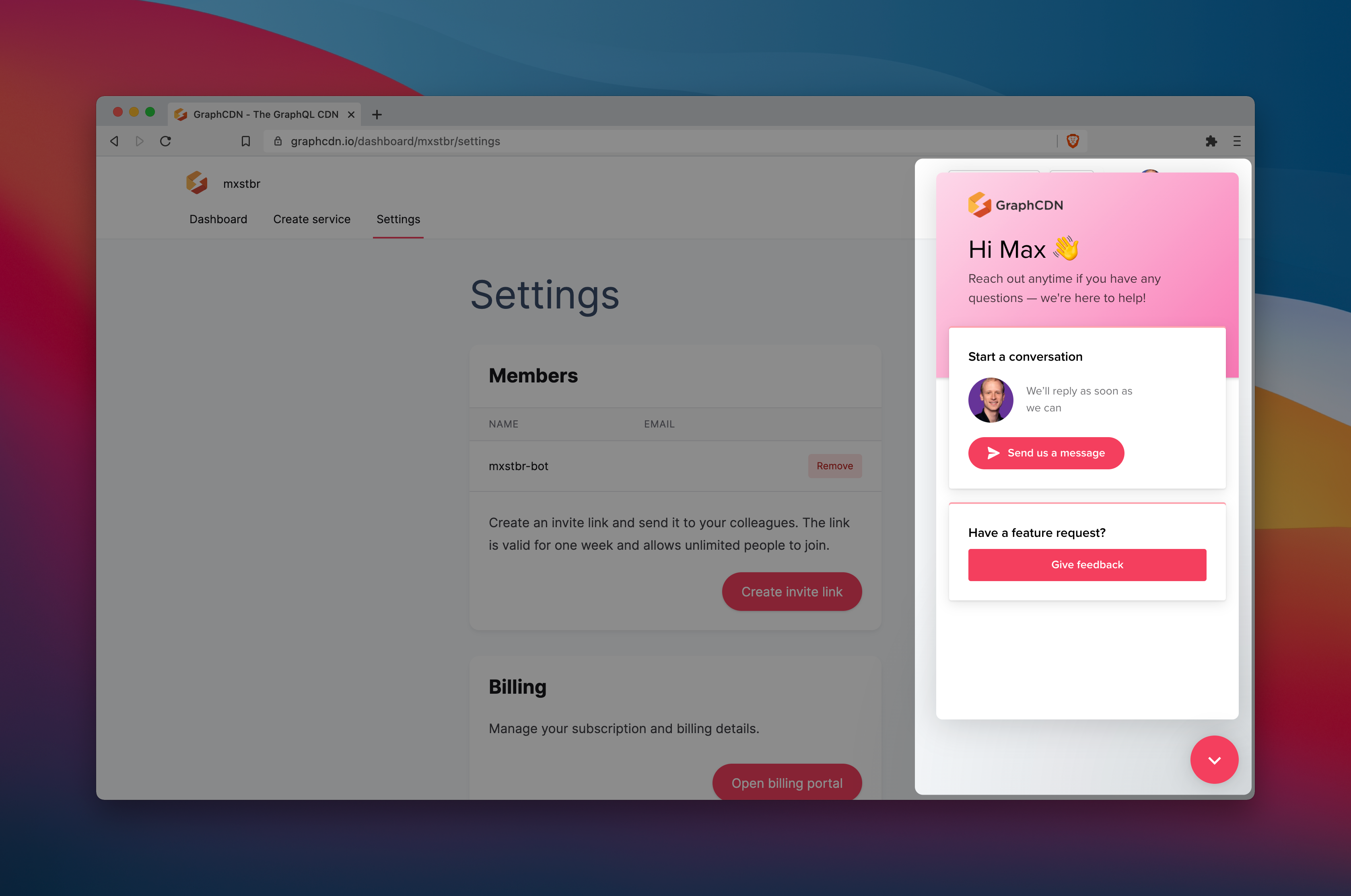Support for batched queries
We have rolled out initial support for GraphQL Query Batching which means an array of queries can be sent all at once.
A usual GraphQL JSON payload looks like this:
{ "query": "{ roadster { name } }" }With query batching you now can send this:
[
{ "query": "{ roadster { name } }" },
{ "query": "{ launchesPast(limit: 5) { mission_name } }" }
]Batched queries are analyzed at our edge locations, split into individual requests, and then handled concurrently by either the cache (if already cached) or the GraphQL backend servers configured for your service. The GraphCDN service will wait until all requests have been answered, merge the individual responses, and send them to the client.
If you are using batched queries, there is nothing for you to configure or set up. Any requests that would have been passed through to your backend servers are now being analyzed and cached by the CDN. The same cache rules and scope that apply you have already configured apply to batched queries as well.
If you have any questions or are running into issues with batched queries, please let us know at support@graphcdn.io (or via the handy chat button on your dashboard).






